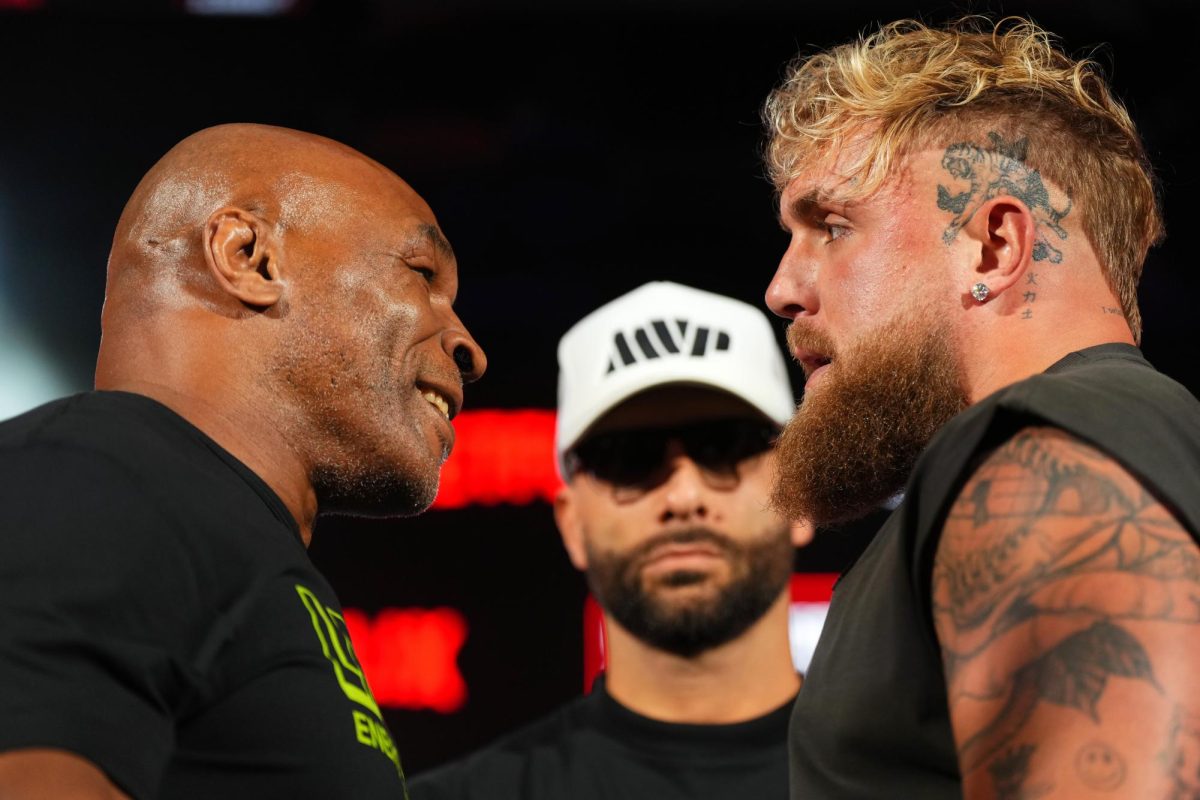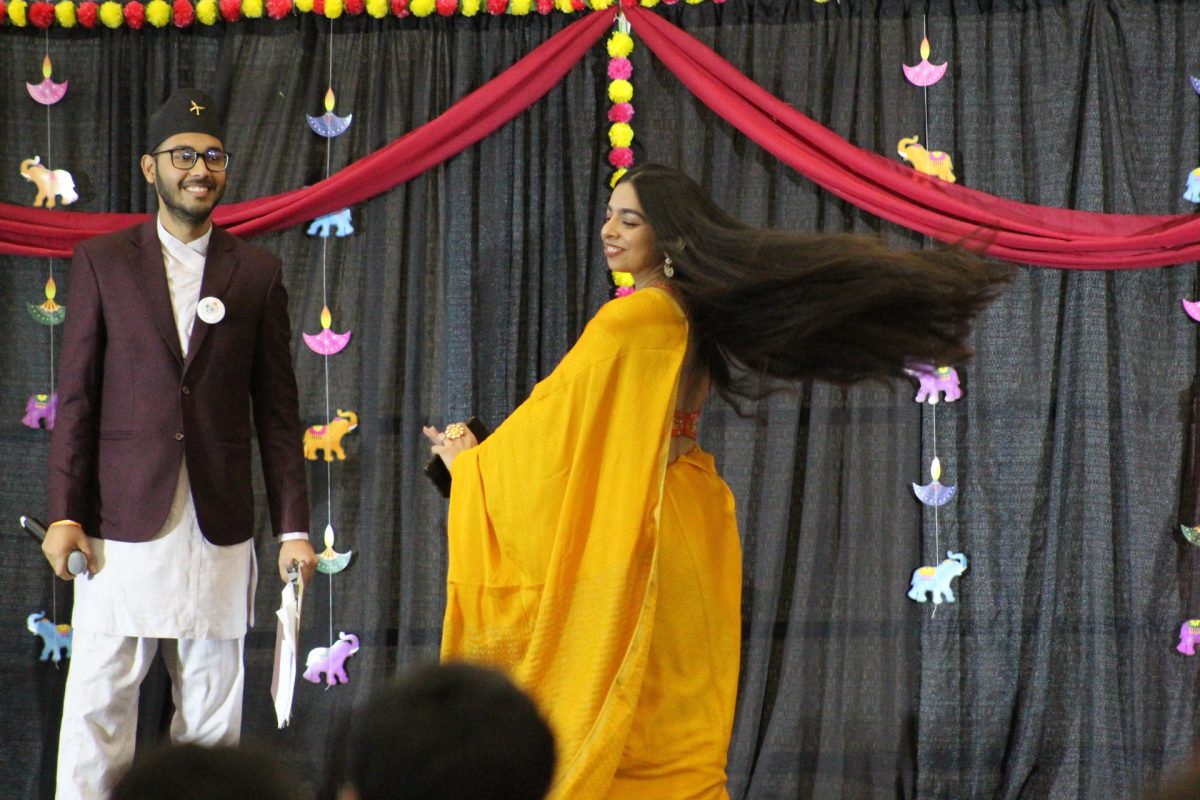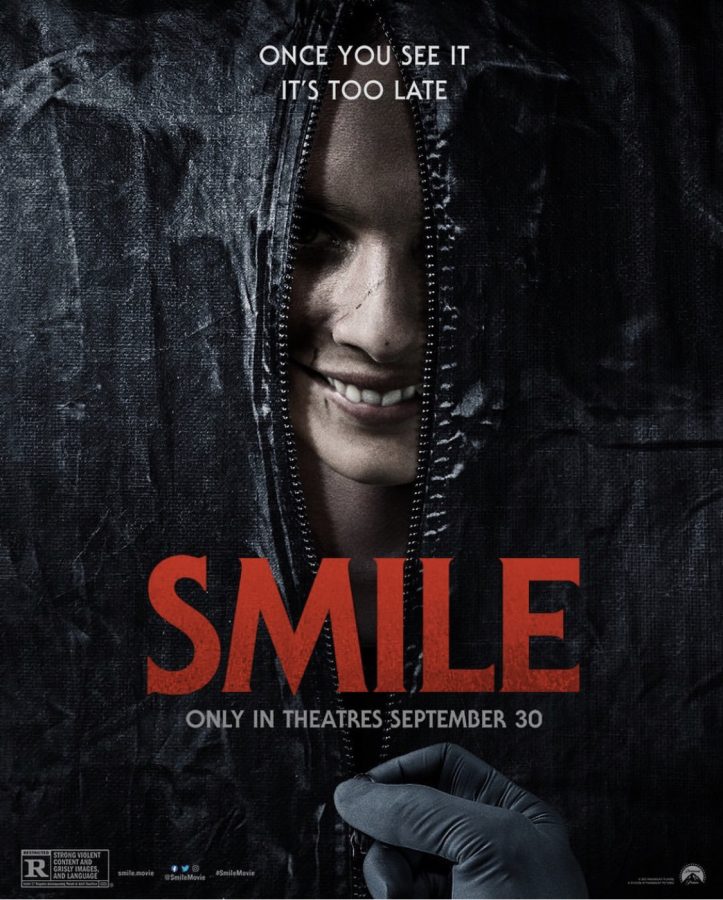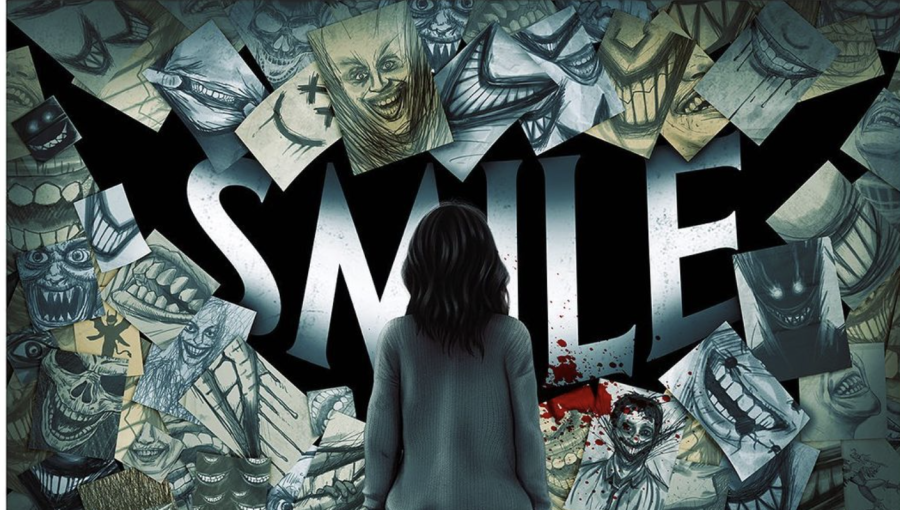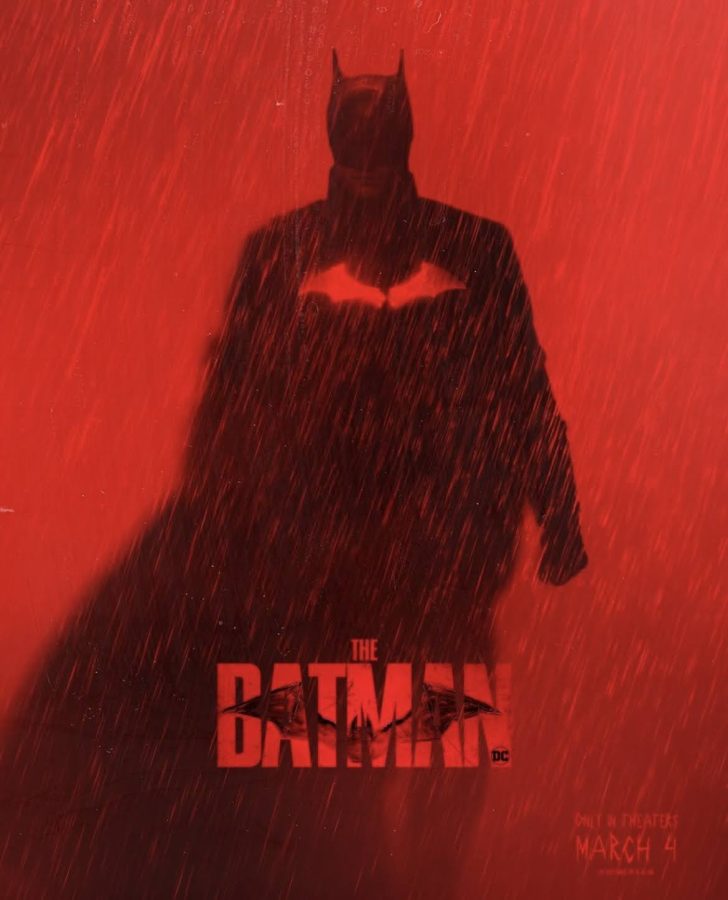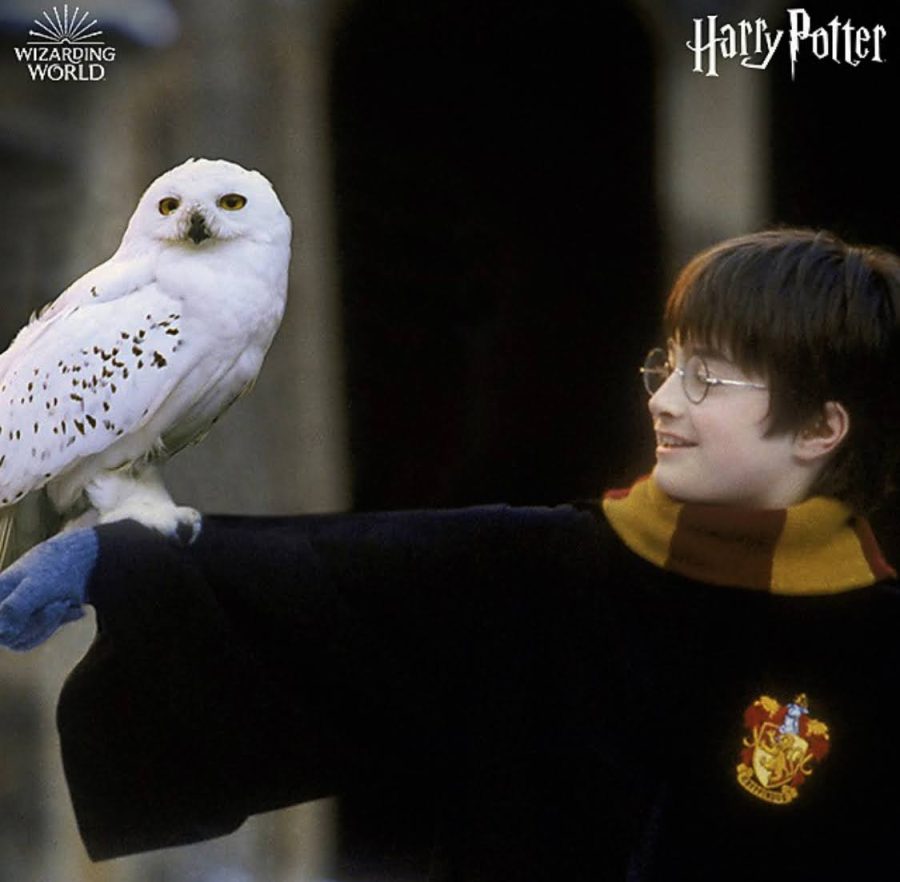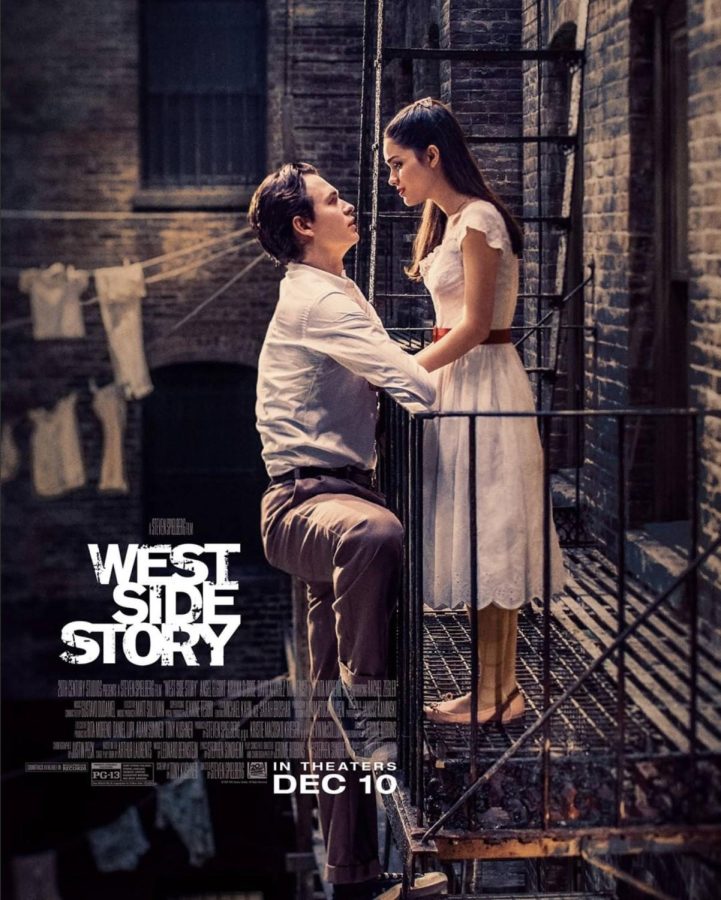In his first post-Potter film, Daniel Radcliffe stars as the struggling, widowed London lawyer Arthur Kipps. With a little facial scruff and clad in an early twentieth century suit of the time, Radcliffe looks respectably adult and shines in his first adult movie role.
Radcliffe also comports himself very well in this film. He plays Kipps with a realistic downcast of desperation, all while striving simultaneously after the memory of his wife and the future of his son. The work Radcliffe does in the film is primarily reactive. It’s also quite good. This writer is pleased to say he’s on his way as a post-Potter entity, and The Woman in Black deserves an audience for his amazing performance.
Though the basic clichés on which the film is built threaten to overwhelm it, The Woman in Black delivers a chilling tale of love, loss, and terror all while keeping true to Susan Hill’s brilliant novel of the same title. The film is a handsome nerve-jangler which amps up the scares without turning them into something completely worthless in value.
The only thing that this movie could use more of in this writer’s opinion would be a little more dialogue and a bit less “creaky hallways.” But the appeal of a “good ol’ ghost story” is strong, and the simplicity of The Woman in Black suits the horror tradition in perfect fashion.




